What makes Concrete Prefab Homes affordable?
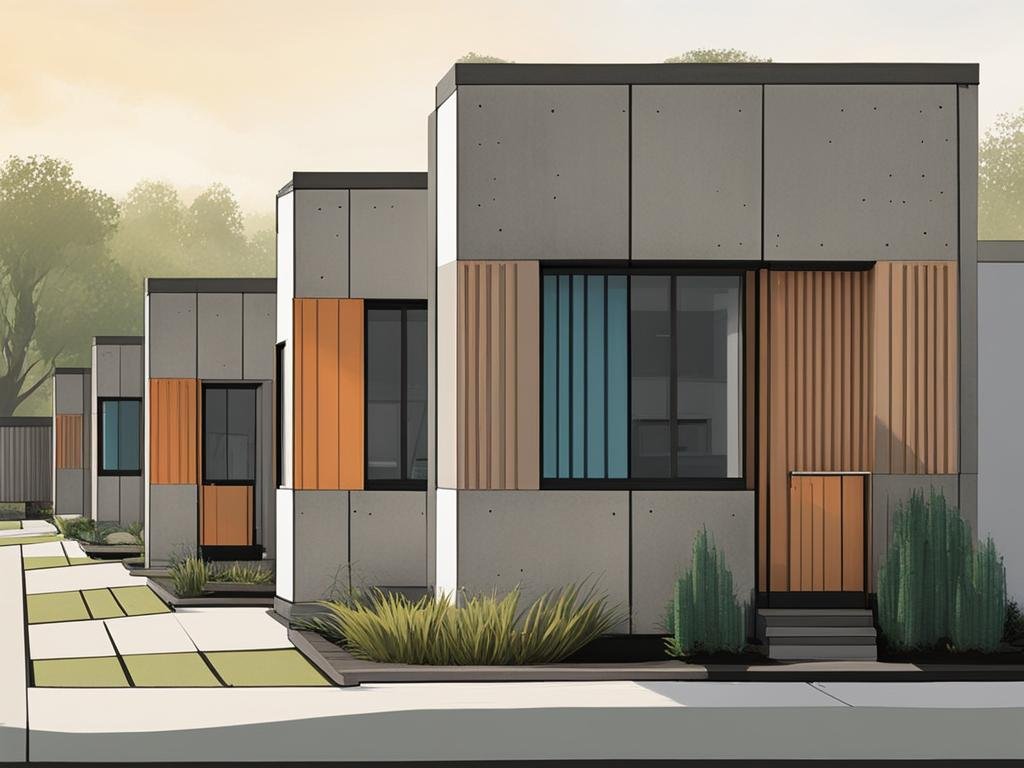
Prefabrication in construction offers numerous advantages over traditional methods, including speed, precision, efficiency, and cost-effectiveness. Architects have long been interested in using industrial methods for affordable housing. While prefabrication has been attempted in the past, it is now gaining traction with advancements in technology and changes in mindset. Modular construction, in particular, has the potential to significantly increase productivity and reshape the construction industry. It can speed up construction by up to 50% and reduce costs by 20%. The use of prefabrication and modularity allows for faster construction, reduced labour requirements, and less on-site waste, resulting in lower final costs for affordable homes. Standardisation and adaptability are key considerations, ensuring that prefabricated homes can meet individual needs while still maintaining efficiency and quality.
Key Takeaways
- Affordable prefab homes are made possible through the use of prefabrication and modularity.
- Prefabrication offers advantages in terms of speed, precision, efficiency, and cost-effectiveness.
- Modular construction can speed up construction by up to 50% and reduce costs by 20%.
- Prefabricated homes reduce labour requirements and on-site waste, resulting in lower final costs.
- Standardisation and adaptability ensure that prefabricated homes can meet individual needs while maintaining efficiency and quality.
The Prospects of Prefab Homes in the UK
Prefabricated homes, also known as prefab homes, are gaining prominence in the UK as an affordable and durable housing solution. The concept of prefab homes dates back to post-World War II, when Winston Churchill introduced them to quickly and affordably address the housing shortage caused by the war. These prefab homes were designed with innovative features, such as back-to-back kitchens and bathrooms, central heating, and built-in appliances. While the lifespan of these homes was initially limited to 10 years, many of them have stood the test of time and are still in use today.
However, the construction of prefab homes declined due to rising costs. Despite this, modern prefab homes are making a comeback, with advancements in technology and a focus on energy efficiency and sustainability. The UK government is investing in modular housing as a solution to the affordable housing crisis, with plans to build thousands of affordable prefab homes in the coming years.
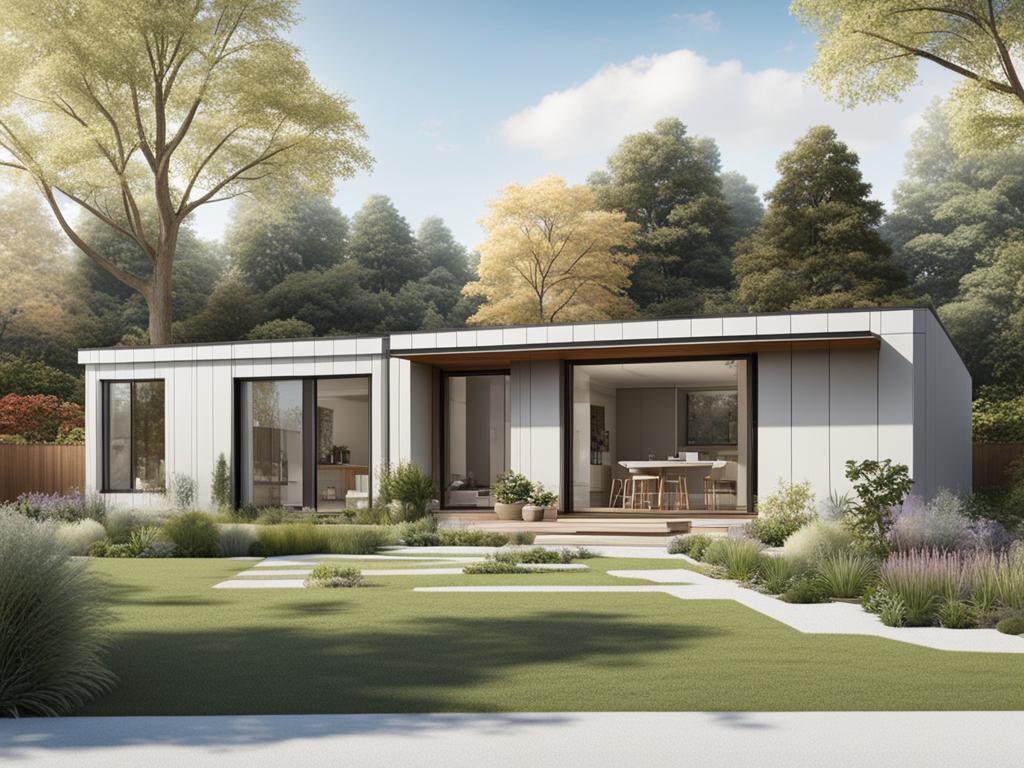
As demand for affordable housing continues to grow, prefab homes offer a viable solution. The benefits of prefab homes, such as reduced construction time, lower costs, and improved energy efficiency, make them an attractive option for individuals and families looking to own a home. The flexibility and adaptability of prefab homes also allow for customization and personalization, ensuring that homeowners can create spaces that suit their specific needs and preferences.
One of the key advantages of prefab homes is the controlled production environment, which ensures high-quality construction standards and reduces the risk of errors or delays. With the construction process taking place in a factory setting, prefab homes can be completed more efficiently and with fewer resources compared to traditional on-site construction methods. This results in cost savings that can be passed on to the homeowner, making prefab homes a more affordable option.
Furthermore, prefab homes are designed to be sustainable and environmentally friendly. The use of eco-friendly materials and energy-efficient systems helps to reduce the carbon footprint of the home and create a healthier living environment. Additionally, prefab homes are built to be durable and withstand various weather conditions, ensuring long-term stability and investment value for homeowners.
In conclusion, prefab homes have great prospects in the UK as a solution to the affordable housing crisis. With advancements in technology and the government’s commitment to modular housing, the construction of affordable prefab homes is on the rise. These homes offer numerous benefits, including affordability, sustainability, and customization options, making them an attractive choice for individuals and families seeking to own a home in the UK.
The Growing Demand for Prefabricated Homes in India
Prefabricated homes are experiencing a surge in demand in India, driven by government initiatives and the need for affordable housing solutions. The construction sector in India is projected to expand to a size of one trillion dollars, with prefabricated structures playing a significant role. The prefabricated building market in India is expected to grow at a CAGR of approximately 8.5% in the coming years, indicating a strong demand for cost-effective prefab homes.
One of the main drivers of the growing demand is the Indian government’s focus on urban development and infrastructure projects. As India’s population continues to grow, there is an urgent need for affordable housing solutions, and prefab homes offer a viable solution. The speed and efficiency of prefab construction make it an attractive option for meeting the housing needs of a rapidly expanding population.
However, the widespread adoption of prefab construction in India faces certain challenges. Mindset barriers and cultural perceptions still exist, as traditional construction methods are deeply ingrained in the Indian construction industry. Additionally, the availability of suitable land for prefab homes can be a limiting factor in certain areas.
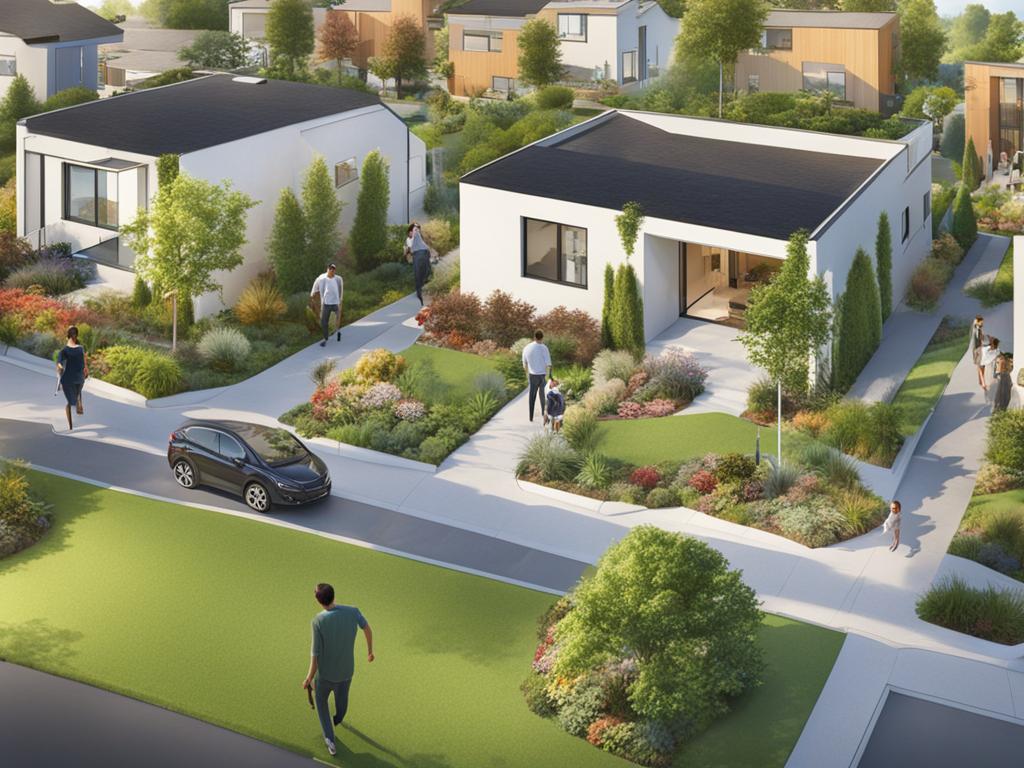
The Benefits of Prefabricated Homes
- Cost-effectiveness: Prefab homes are known for their affordability. The controlled factory environment allows for more efficient construction, reducing labor costs and saving time.
- Speed of construction: Prefab homes are built off-site in a controlled environment, allowing for simultaneous site preparation. This significantly reduces construction time, resulting in faster project completion.
- Eco-friendliness: Prefab homes can be designed with sustainability in mind, incorporating energy-efficient features and materials that reduce environmental impact.
- Quality control: Factory-built prefab homes undergo stringent quality control measures, ensuring that they meet industry standards and regulations.
- Adaptability: Prefab homes offer flexibility in design, allowing homeowners to customize their living spaces to fit their specific needs and preferences.
The growing demand for affordable housing in India, coupled with the benefits of prefab construction, is making prefab homes an increasingly popular choice. As the industry continues to evolve and overcome challenges, prefab homes are likely to play a significant role in addressing India’s housing needs.
The History and Evolution of Prefab Homes in the UK
Prefabricated homes have a rich history in the UK, with their roots dating back to the post-World War II period. Winston Churchill recognized the need for quick and affordable housing solutions after the war, leading to the construction of prefabricated homes. These homes were designed with innovative features and were considered luxurious for their time. However, the cost of manufacturing prefab homes eventually exceeded that of traditional brick and mortar houses, leading to a decline in their construction.
The UK government then turned to precast reinforced concrete (PRC) homes, which had a longer lifespan. Today, prefab homes are making a comeback, with modern advancements in technology and materials ensuring their durability and affordability. However, the preservation of historic prefab homes in the UK faces challenges due to outdated materials and the need for updates to meet current safety standards.

Conclusion
Prefabricated homes offer a cost-effective and sustainable solution to the affordable housing crisis in the United Kingdom and India. With advancements in technology, these concrete prefab homes have evolved to provide energy-efficient and durable housing options that meet the needs of today’s homeowners. Governments and developers in both countries are recognizing the potential of prefab homes to address housing shortages and provide affordable housing.
Although some challenges, such as mindset barriers and concerns about durability, remain, the demand for affordable prefab homes is steadily growing. The investment and innovation in the construction industry are driving the development of more affordable concrete prefab homes. With their faster construction timeline, reduced labor requirements, and lower costs, these homes are likely to play a significant role in meeting the housing needs of the future.
The future of affordable housing lies in the increasing adoption of concrete prefab homes, which not only offer affordability but also contribute to sustainable living. By embracing these modern construction methods, the UK and India can alleviate the affordable housing crisis and provide comfortable and affordable homes for their residents.
FAQ
What are the advantages of concrete prefab homes?
Concrete prefab homes offer numerous benefits, including affordability, speed of construction, precision, efficiency, and sustainability. They are cost-effective compared to traditional construction methods and can be built much faster. Additionally, prefab homes are known for their durability and energy efficiency, making them an attractive option for affordable and sustainable housing.
Are prefab homes affordable?
Yes, prefab homes are generally more affordable than traditional homes. The use of prefabricated components allows for faster construction, reduced labor requirements, and less on-site waste, which ultimately leads to lower costs. Additionally, the standardization and adaptability of prefab homes contribute to their affordability, as they can be designed to meet individual needs while maintaining efficiency and quality.
What is the potential of prefab homes in the UK?
Prefab homes are gaining prominence in the UK as an affordable and durable housing solution. With advancements in technology and a focus on energy efficiency and sustainability, modern prefab homes are making a comeback. The UK government is investing in modular housing to address the affordable housing crisis, with plans to build thousands of affordable prefab homes in the coming years.
Why is there a growing demand for prefab homes in India?
Prefabricated homes are experiencing a surge in demand in India due to government initiatives and the need for affordable housing solutions. The prefabricated building market in India is expected to grow significantly in the coming years, driven by the expansion of the construction sector and the government’s focus on urban development and infrastructure projects. Prefab homes are being recognized for their cost-effectiveness and speed of construction.
What is the history of prefab homes in the UK?
Prefabricated homes have a rich history in the UK, dating back to the post-World War II period. Winston Churchill introduced prefab homes as a quick and affordable housing solution to address the housing shortage caused by the war. While the construction of prefab homes declined over time due to rising costs, modern advancements in technology and materials have ensured their durability and affordability, leading to their resurgence in popularity.

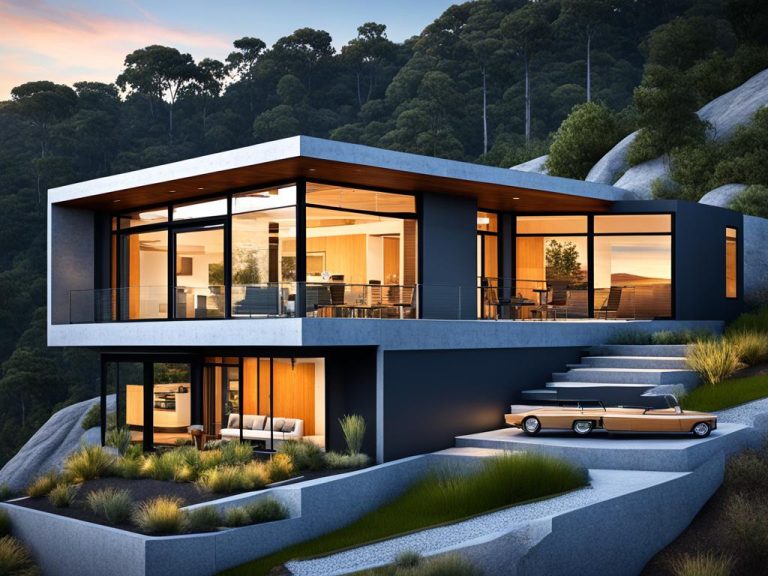
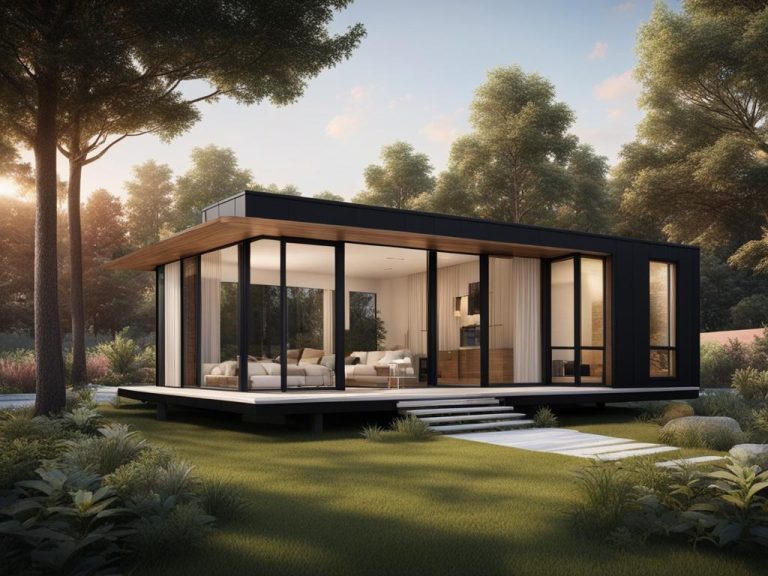
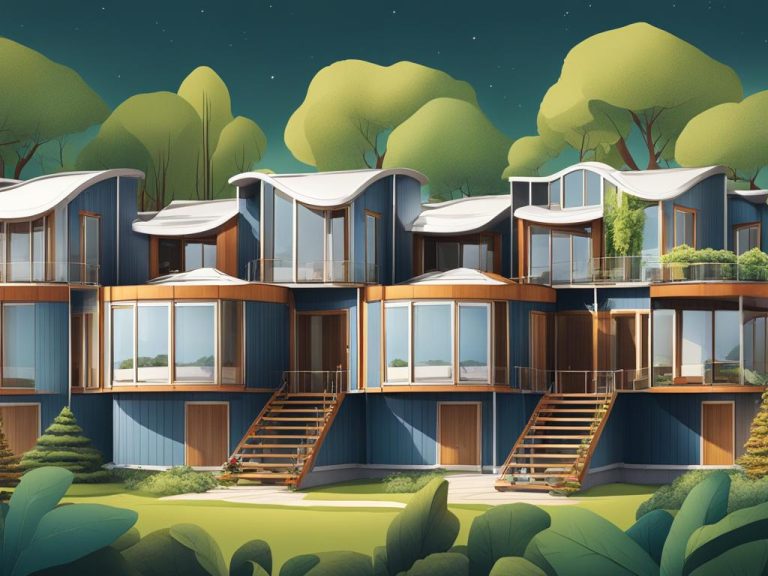
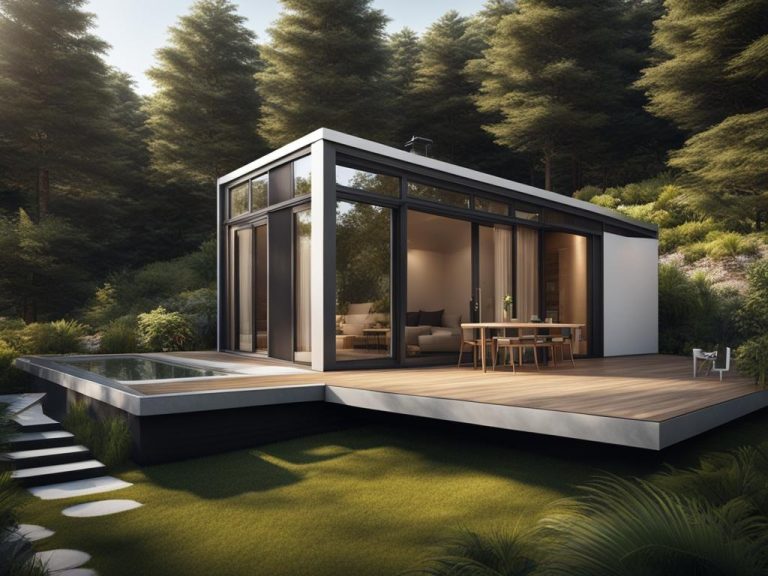
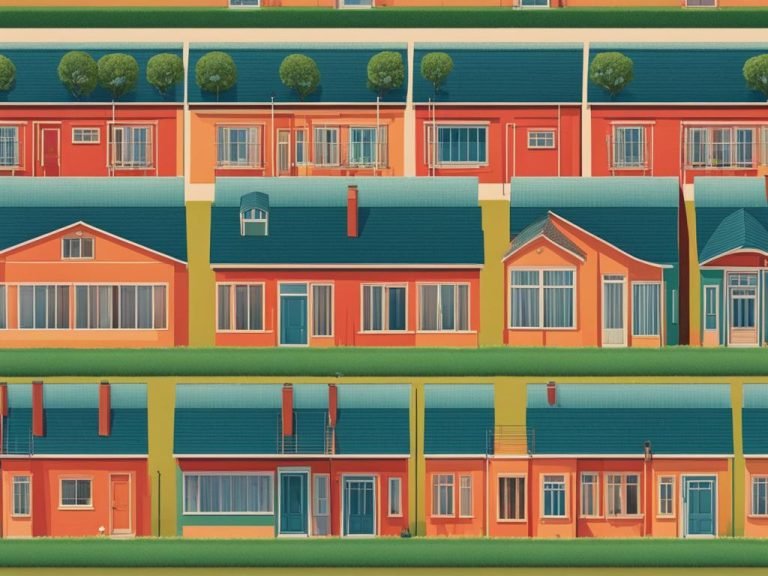
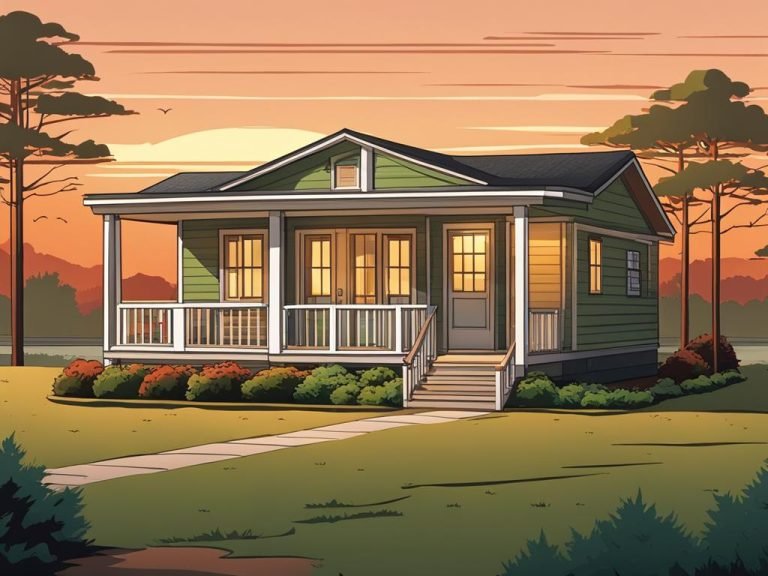
Nice post. I learn something more challenging on different blogs everyday. It will always be stimulating to read content from other writers and practice a little something from their store. I’d prefer to use some with the content on my blog whether you don’t mind. Natually I’ll give you a link on your web blog. Thanks for sharing.
Some truly interesting info , well written and broadly speaking user pleasant.
fantastic issues altogether, you just received a emblem new reader. What could you recommend in regards to your publish that you simply made a few days in the past? Any positive?
You completed several fine points there. I did a search on the matter and found mainly folks will consent with your blog.